







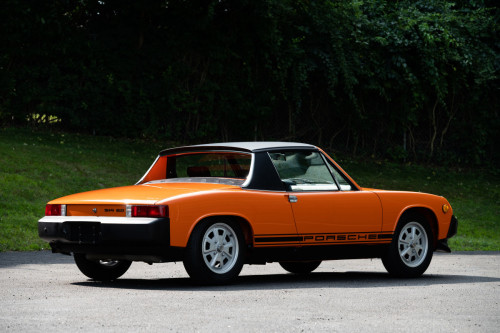
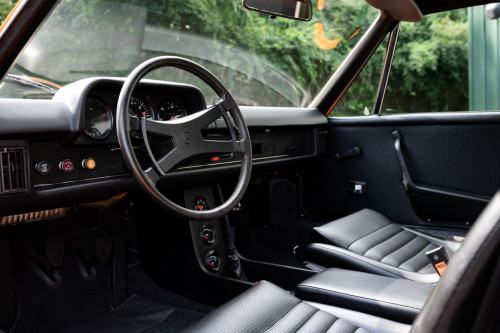
(via Car Porn: Barn Find 1975 Porsche 914 - Airows)
from Tumblr https://somar78.tumblr.com/post/662408252663955456
When the Jensen FF was released in 1966 it made the motoring world sit up and pay attention. The FF was the first production car with all-wheel drive, it was also the first production car with an anti-lock braking system.
To say the model was ahead of its time would be a considerable understatement, though because Jensen only managed to sell 320 of them between 1966 and 1971 very few people have ever even heard of the model, let alone seen one in person.
By the time the Jensen FF was released in 1966, Jensen Motors already had a long track history of producing innovative vehicles. The company had been founded back in 1922 as W J Smith & Sons Limited by brothers Alan and Richard Jensen,m and they quickly made a name for themselves with their automotive designs.
In 1934 they were commissioned by Clark Gable, arguably the biggest movie star in the world at the time, to build him a custom Ford V8. This brought the company considerable free publicity and no small amount of prestige.
Above Video: The team at Classic Driver take a look at the Jensen FF and the modern Ferrari FF, both all-wheel drive production cars, though very different in their execution.
During the 1930s the company diversified into also producing commercial vehicles, and during WWII they aided the war effort by building parts for military equipment, including turrets for tanks.
In the years after WWII things got really interesting, Jensen began using a new lightweight composite material, better known as fiberglass, to make their car bodies. This allowed them to make automobiles with sweeping curves without the need for expensive steel stamping equipment. These car bodies were also lightweight and impervious to rust.
Cars from this era, like the Jensen 541R and the Jensen CV8, were precursors to the vehicle that Jensen would release in 1966 – the Interceptor. The Interceptor would go on to become their best selling car ever, and the Jensen FF would be closely based on it, looking almost indistinguishable to the untrained eye.
Due to a slew off problems that arose in the 1970, key among them the 1973 Oil Crisis, Jensen Motors stopped trading in 1976. There have been a few attempts to restart production in the years since, and remarkably it’s possible to buy yourself a new, modern version of the Jensen Interceptor today.
When Audi was setting about designing their Quattro all-wheel drive system in the late 1970s they sent out buyers to find them a secondhand Jensen FF. They then disassembled the drivetrain and studied how it worked.
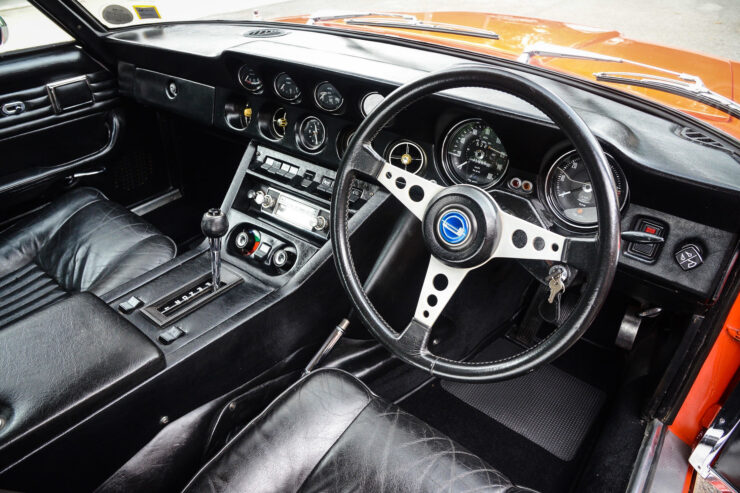
The interior of the Jensen FF is well appointed for grand touring, much like its sibling the Interceptor.
Audi would later develop their own all-wheel drive cars for both motorsport and regular production, winning countless races and a number of world championships in the process.
The influence that the Jensen FF had on all-wheel drive production road cars was signifiant, we know they influenced Audi and almost certainly Subaru, by the mid-1980s Audi had spread the gospel of four-wheel drive through the church of Group B – making it the de facto drivetrain of choice for those who wanted to win.
The design off the FF all-wheel drive system looks much as you’d expect, with power sent to a central differential which then sends varying amounts to the front and rear differentials. The standard power split is 33% front and 67% rear.
“FF” stands for “Ferguson Formula,” an all-wheel drive system developed by Ferguson Research Ltd and licensed to Jensen. This system was combined with the Dunlop Maxaret mechanical anti-lock braking system that had previously only been used on aircraft, trucks, racing cars, and prototype road cars.
Ferguson Research had developed their own all-wheel drive Formula 1 car in 1961, the Ferguson P99, and despite limited funding it proved to be successful, winning the 1961 International Gold Cup at Oulton Park with Stirling Moss at the wheel. The car would then be driven by Peter Westbury who used it to win the British Hillclimb Championship in the same year – proving that the concept was perfect for motorsport.
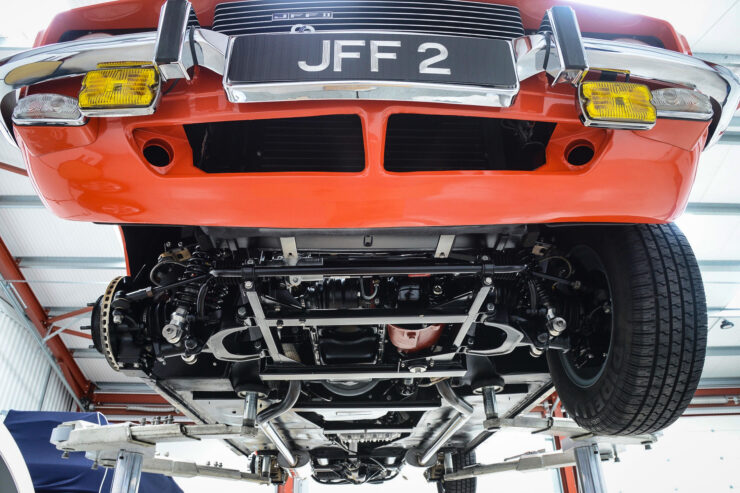
You can see the front differential there on the right of the sump, the addition of the four-wheel drive system meant that a right-hand drive version of the car wasn’t possible.
One design error that was made during the development of the Jensen FF was that no allowance was made for a left-hand drive version. The FF AWD system encroached on the left side of the passenger compartment and resulted in it not being suitable for a left-hand drive set up, this meant that a US version of the car couldn’t be built, and it severely limited the export sales potential of the new car.
Much as with the Interceptor, power was provided by prodigiously proportioned American V8 engines though unlike the Interceptor there was no manual transmission option with the FF – the automatic gearbox was directly linked to the Ferguson Formula system.
With just 320 examples of the Jensen FF built and somewhere over 100 remaining the car is now a much sought after historic vehicle, the biggest difficulty of owning one is paying the fuel bill and explaining to well meaning passers by that it’s not “just” an Interceptor.
The can you see here is the nicest looking FF we’ve seen come up for sale in years, it’s been owned by one family since it was just six months old, and it was returned to the Jensen factory in the 1980s to have some body restoration work done.
During this time it also had its brakes upgraded to discs all round. It also received new front wings, door skins, and rear quarters, and front and rear valances were fitted. The vehicle was then dry-stored for 25 years, in 2010 a partial restoration was undertaken, and today the car retains its original matching engine, gearbox, transfer box, and front and rear differentials.
Bonhams are due to offer this remarkable FF for sale on the 18th of September with a price guide of £90,000 – £120,000, which works out to approximately $120,000 – $170,000 USD. If you’d like to read more about it or register to bid you can click here to visit the listing.
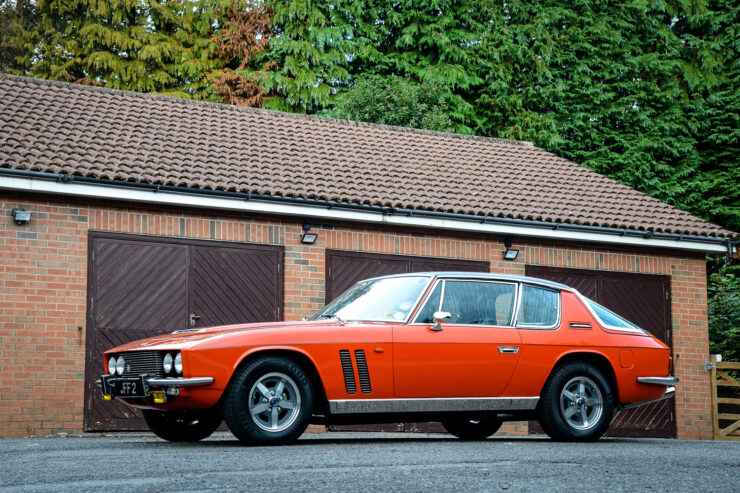
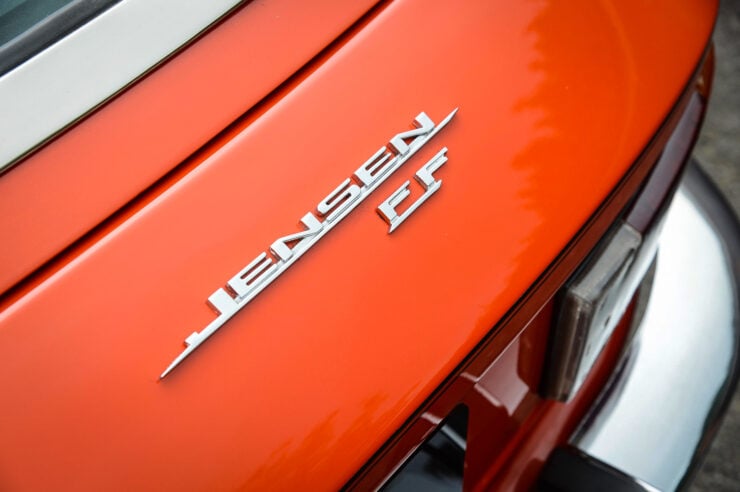
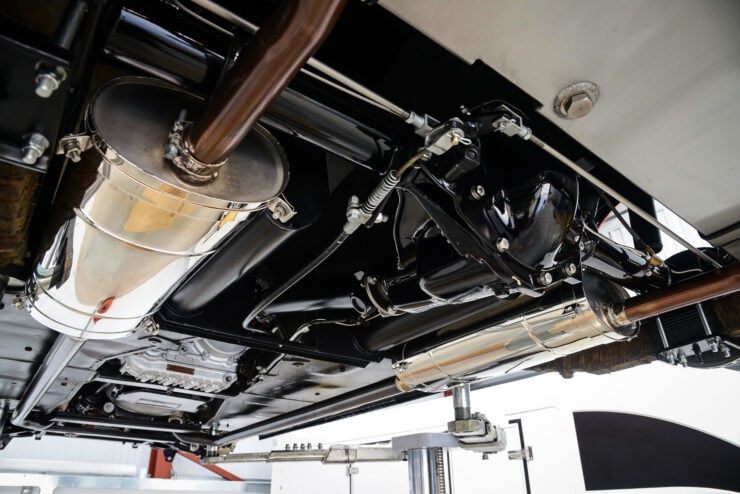
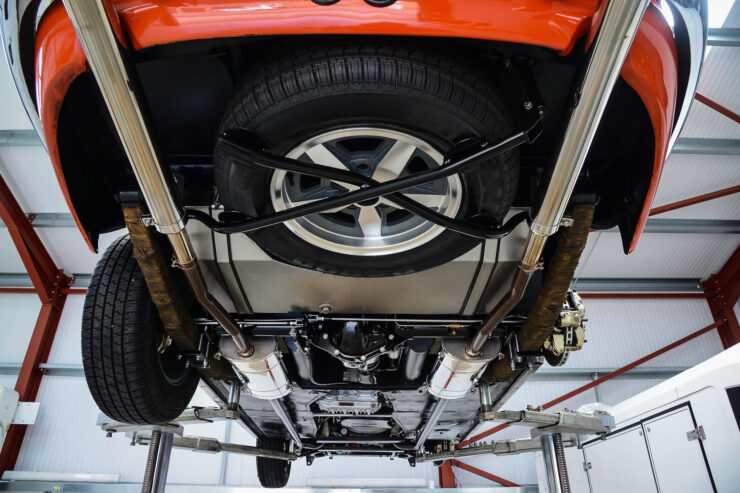
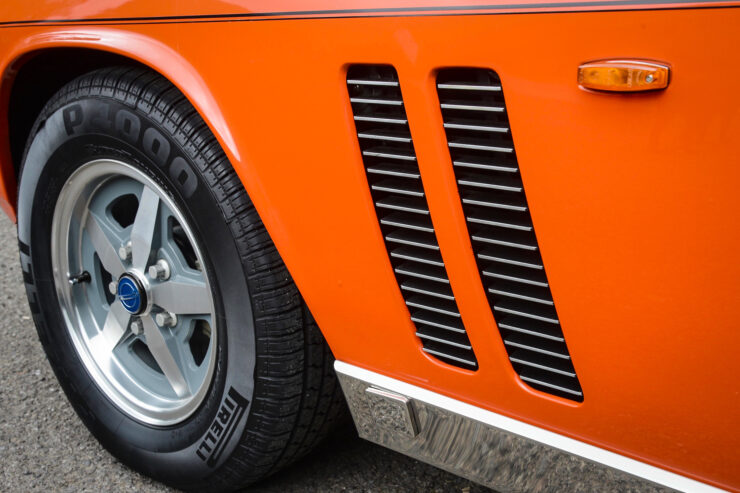
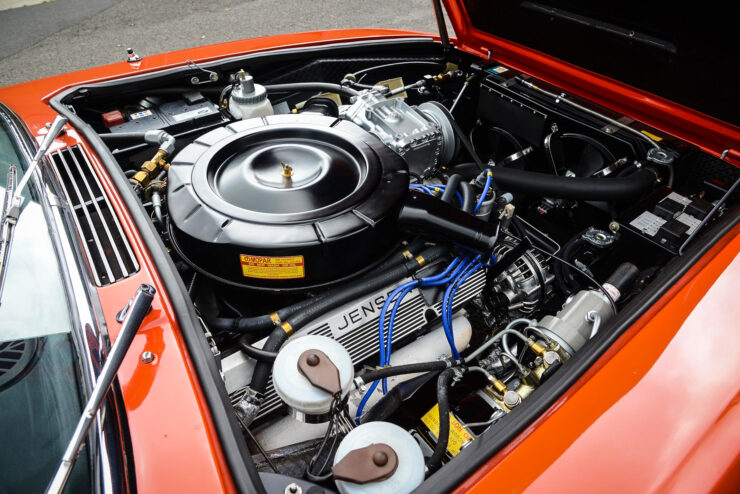
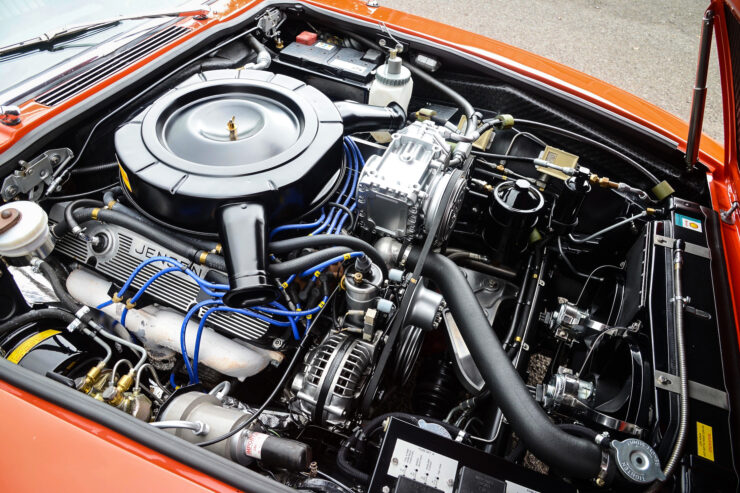
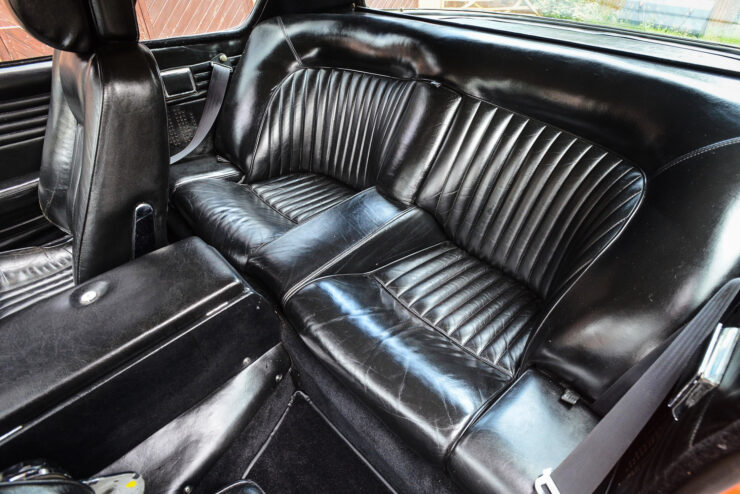
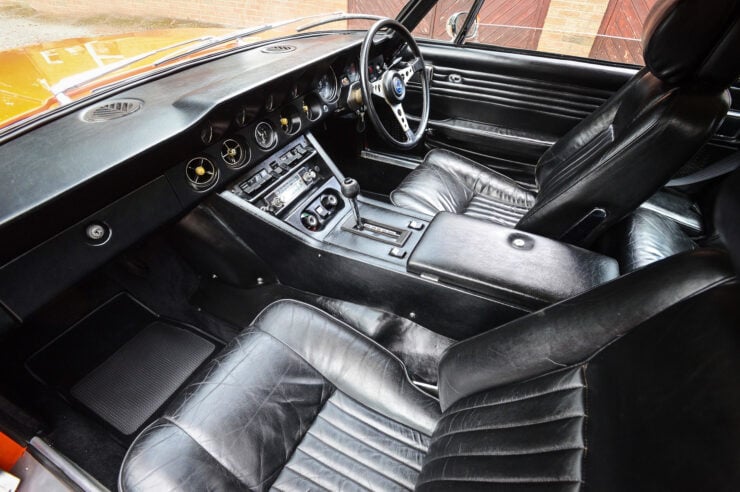
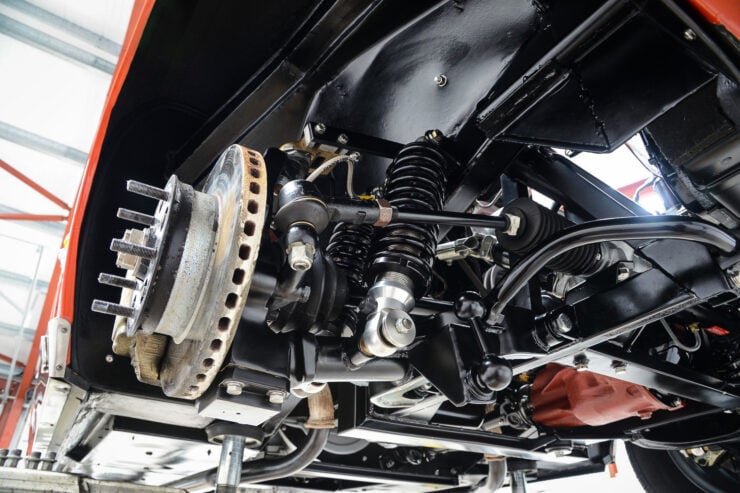
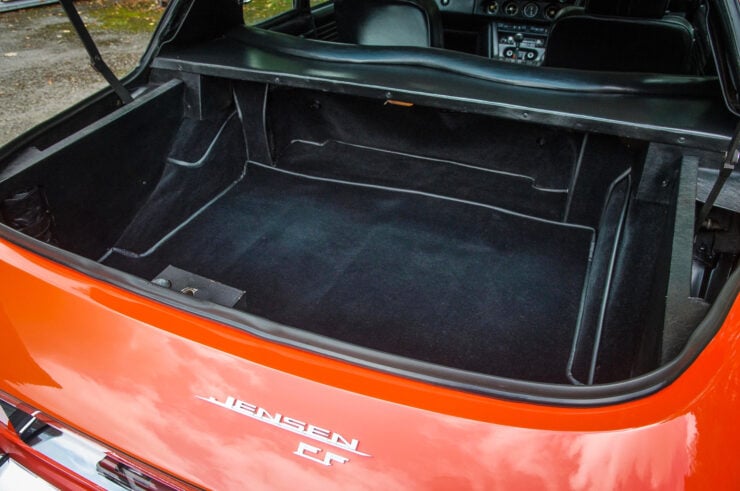
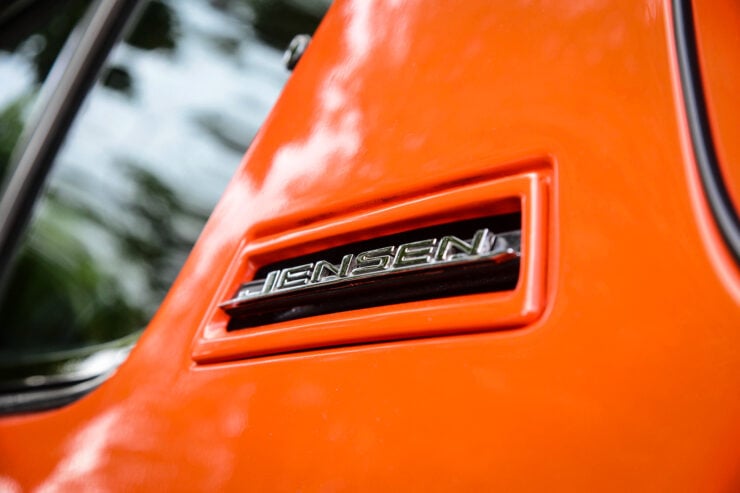
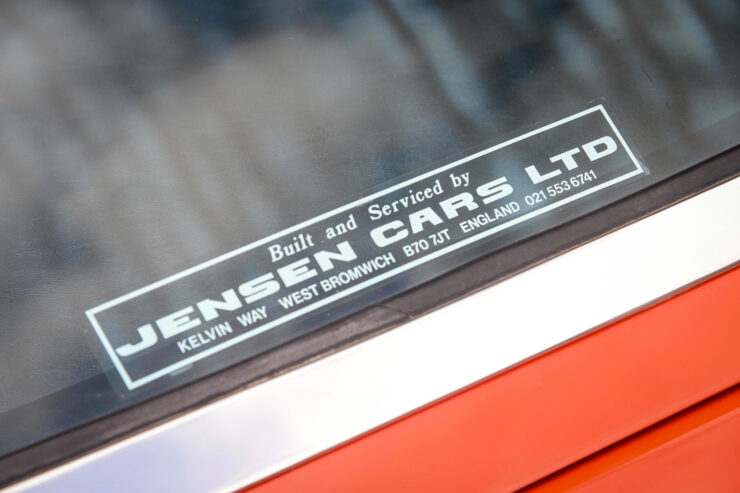
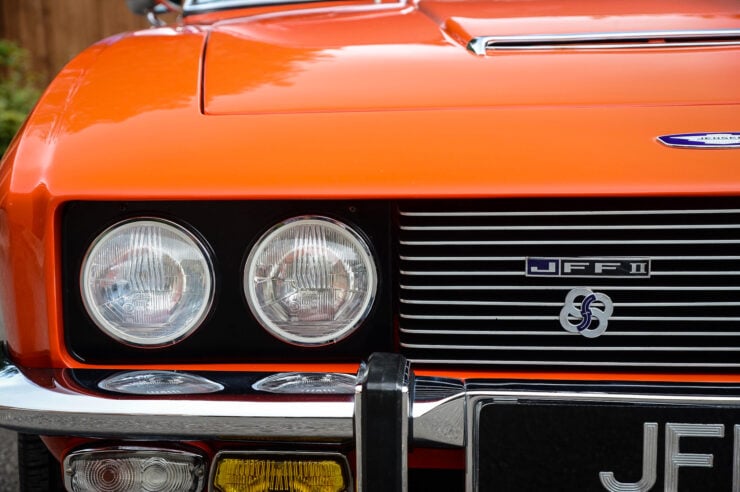
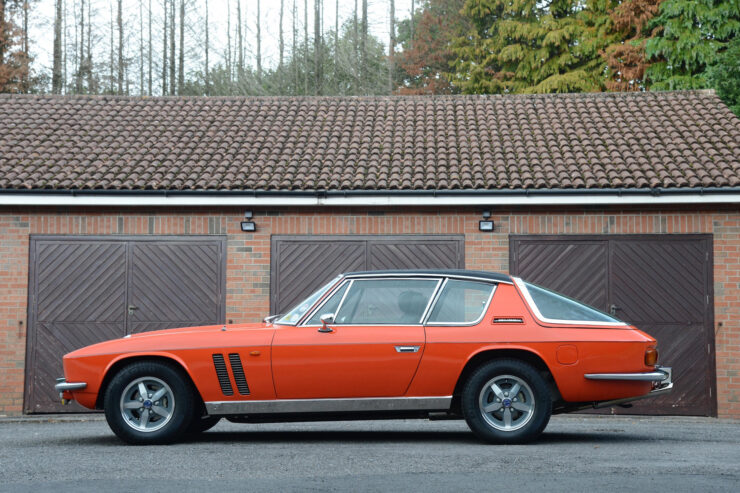
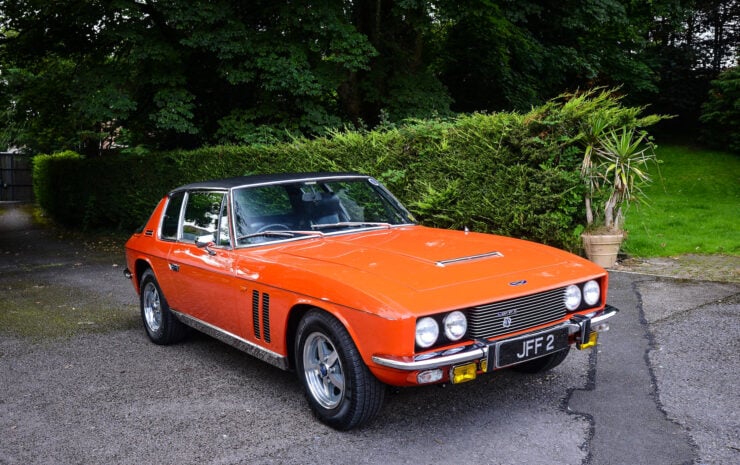
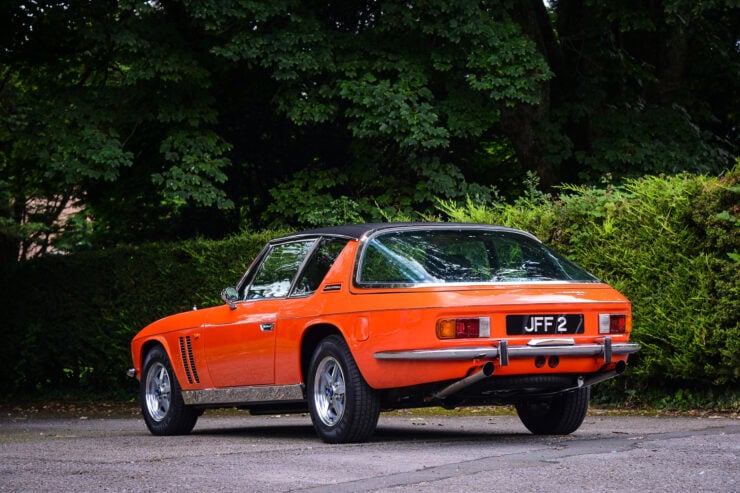
Images courtesy of Bonhams
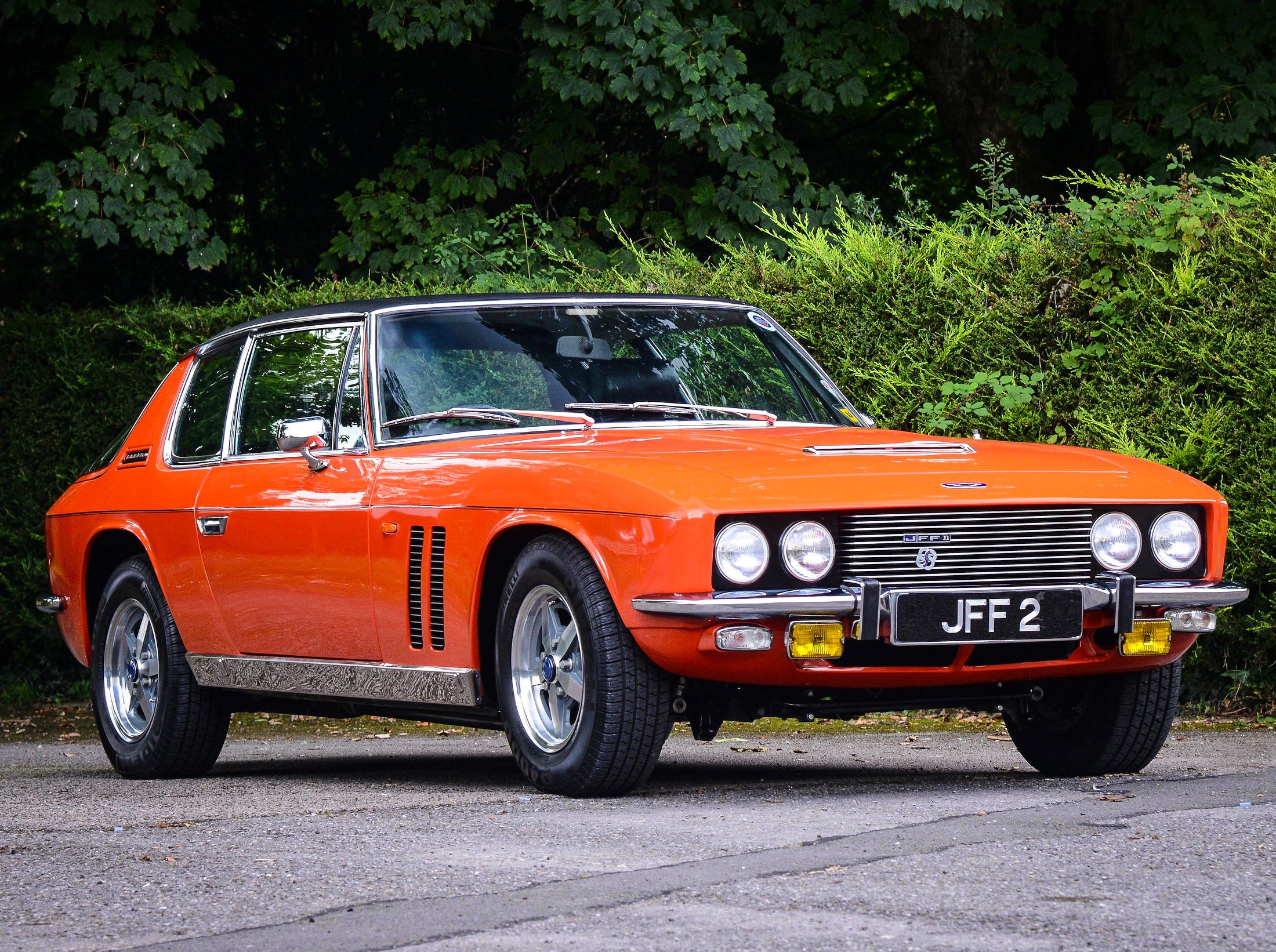
The post The Extremely Rare Jensen FF – The World’s First All-Wheel Drive Production Car appeared first on Silodrome.
This is one of just six Peugeot 505 Pick-Up Double Cabine Gruau prototypes that were made, it was a vehicle designed to combine the best features of a passenger car with the utility of a pick-up truck.
In a way this car was the French answer to the Australian ute or the American pick-up truck, and it would have been ideal for tradespeople who needed a truck and a family sedan, but couldn’t afford both.
The Peugeot 505 was introduced in 1979 as an evolution of the outgoing Peugeot 504, although no one knew it at the time the 505 would become known as the “Workhorse of Africa” and it would provide an invaluable locally-built transportation option in developing countries like China, Indonesia, Chile, Argentina, Thailand, Nigeria, Taiwan, Malaysia, and Egypt.
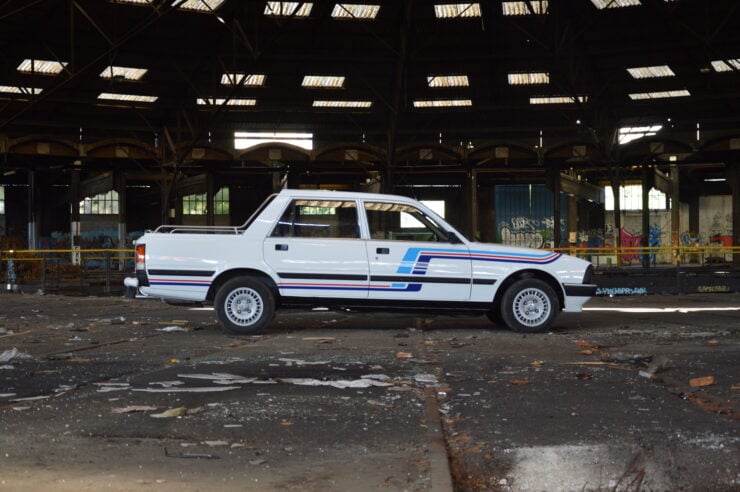
This unusual 505 offers four doors and seating for five, with the added benefit of a pick-up truck bed in the rear.
The simplicity of the Peugeot 505 worked in its favor and it proved to be a remarkably tough vehicle for a passenger car that was originally designed to be used in Europe. The car features a steel unibody design with a longitudinally-mounted engine sending power back through either a manual or automatic transmission to the rear wheels.
The styling of the 505 was a joint effort between Pininfarina and Peugeot, and the vehicle was offered as a variety of body styles including as a four-door sedan, a five-door station wagon (estate), and in prototype form as a coupe, a two-door convertible, and as a four-door pick-up truck.
Most examples of the Peugeot 505 had independent front and rear suspension however a live axle rear end was used on some models in some markets due to its additional strength and simplicity.
Braking was accomplished with discs up front and either discs or drums in the rear depending on the model, and engines varied widely with smaller 1.8 liter petrol engines offered right the way through to turbodiesels and the 2.8 liter PRV V6 – the same engine used in the DeLorean DMC-12.
The Peugeot 505 would remain in production from 1979 until 1997, with the final production cars rolling off the factory floor in Guangzhou, China.
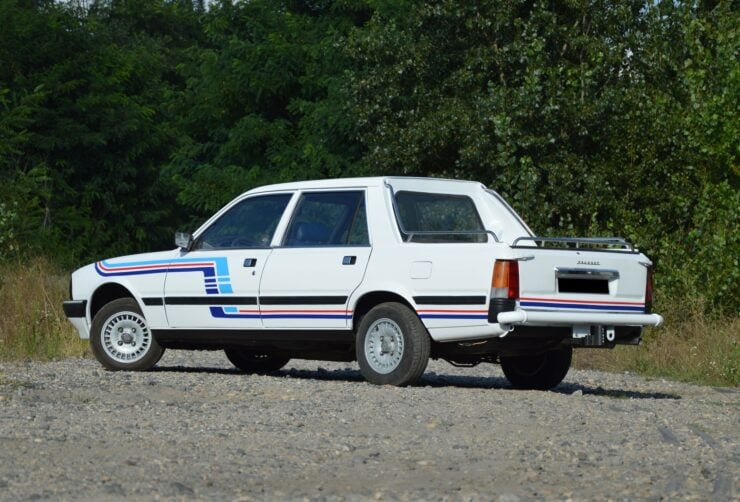
The tailgate folds down to allow easy access to the cargo bay, and there are grab handles along the sides and rear.
In many developing countries the 505 is still a regular sight on the roads, with local mechanics doing a remarkable job at keeping them running even after decades of use on rough dirt tracks.
The car you see here is a significantly modified 505, it’s called the The Peugeot 505 Pick-Up Double Cabine Gruau and it was built by Carrosserie Gruau using a 505 station wagon as a starting point.
Carrosserie Gruau is a French coachbuilder and specialist vehicle manufacturer that started out all the way back in 1889 making horse carts. They adapted and changed significantly over the years, embracing the automobile revolution and becoming a major french carrosserie, or coachbuilder.
Gruau developed the 505 Pick-Up Double Cabine in-house and showed it to the public for the first time at the 1984 Paris Motor Show. Each of the six prototypes was built using a Peugeot 505 station wagon (estate) 2.5 liter diesel as a starting point, the rear was cut off and replaced with a cargo bed, the passenger cabin area was sealed and a rear window was put in.
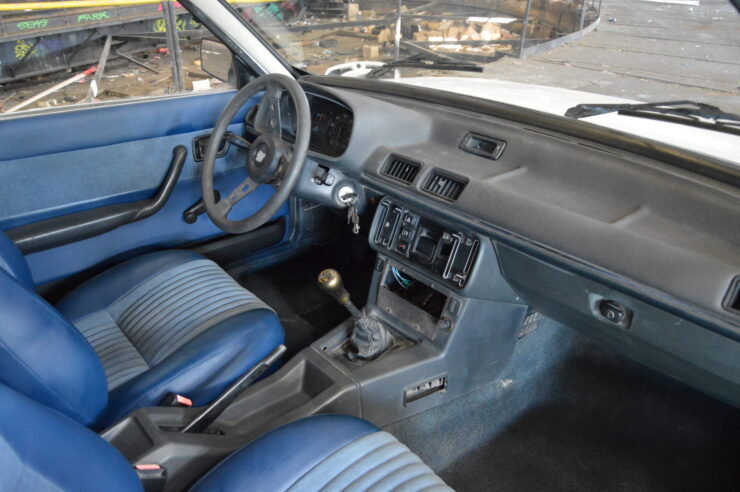
The interior is largely unchanged from the original Peugeot 505, this example is a diesel model with a manual transmission.
The rear load bed had a size of 1.37 meters x 1.44 meters and a weight capacity of 675 kgs, making it ideal for many tradespeople. The original plan for the vehicle was to have it taxed as a commercial vehicle, making it less expensive to operate than a standard road car, while still having all of the benefits of a standard passenger vehicle.
Sadly for Gruau, this commercial vehicle classification was rejected, and the project was cancelled as a result. The six prototypes were sold off into private hands (registered as station wagons), and the project was abandoned.
The car you see here is one of the six original prototypes, it was first registered in 1985 in the Rhône region of France. Decades later in 2021 it would undergo a refurbishment, with all bodywork completed, new plaint applied, a tidied up interior, and a rebuilt drivetrain. The same stripes used on the Paris Motor Show car were then applied.
The car is now due to cross the auction block with Aguttes on the 19th of September in France, the price guide is €20,000 – €30,000 which works out to approximately $23,700 – $35,500 USD.
If you’d like to read more or register to bid you can click here to visit the listing.
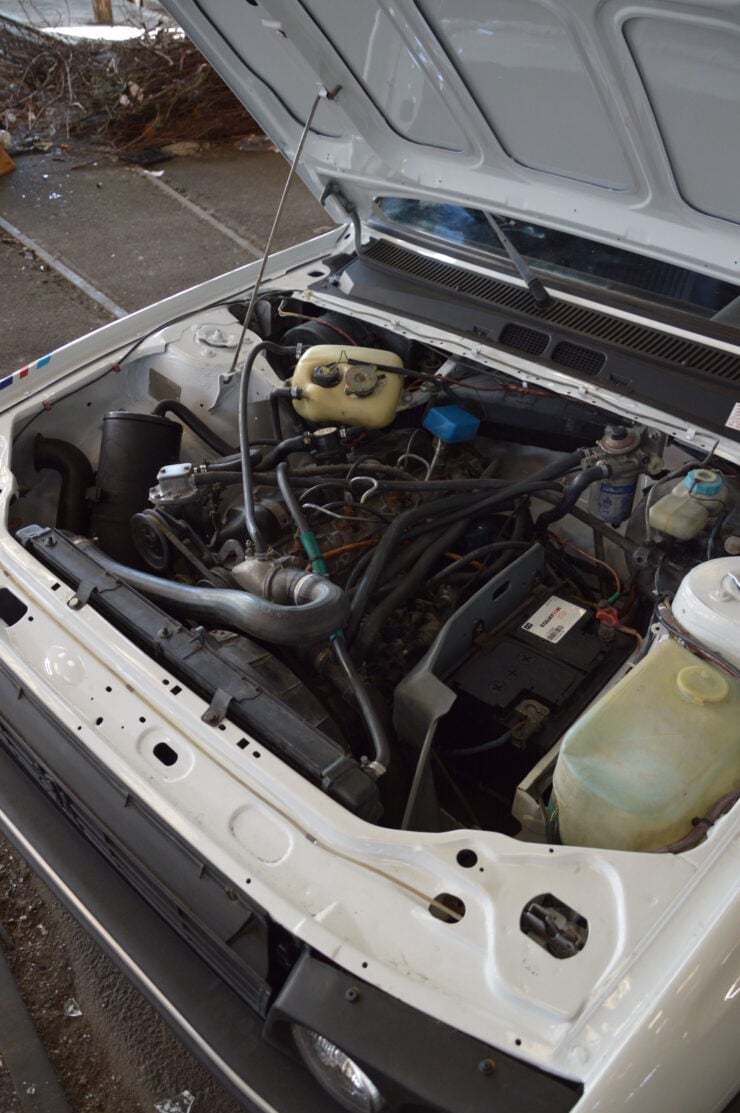
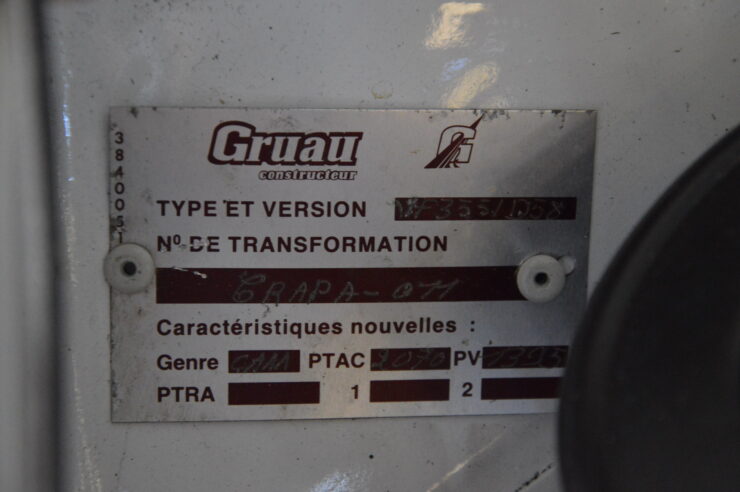
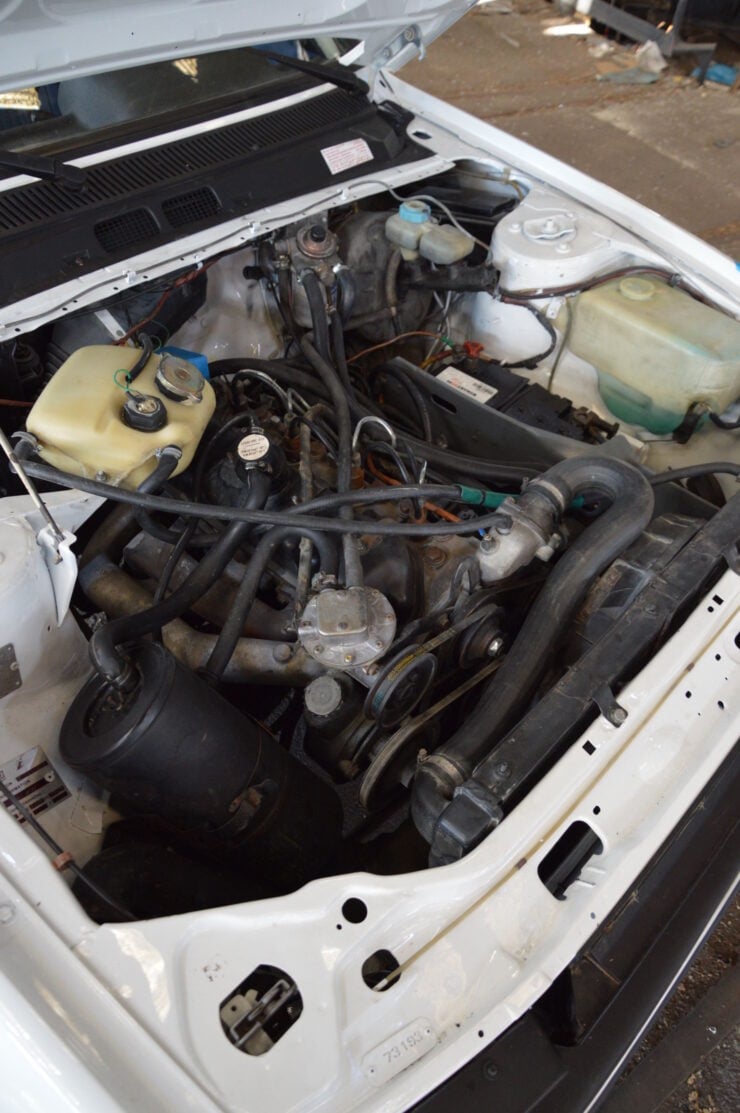
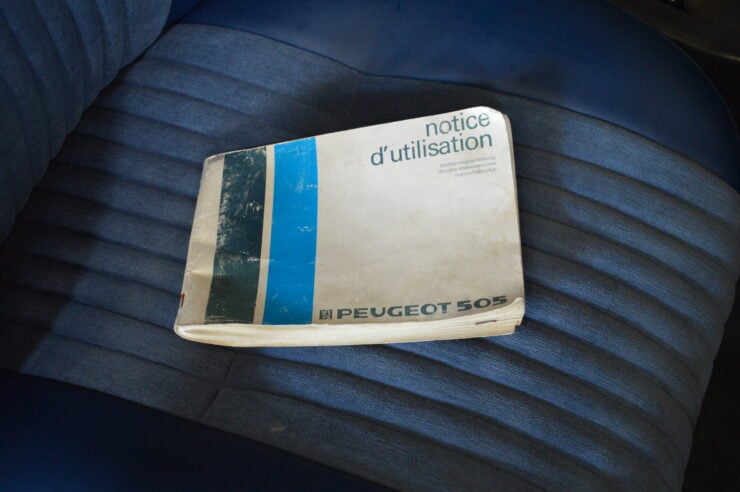
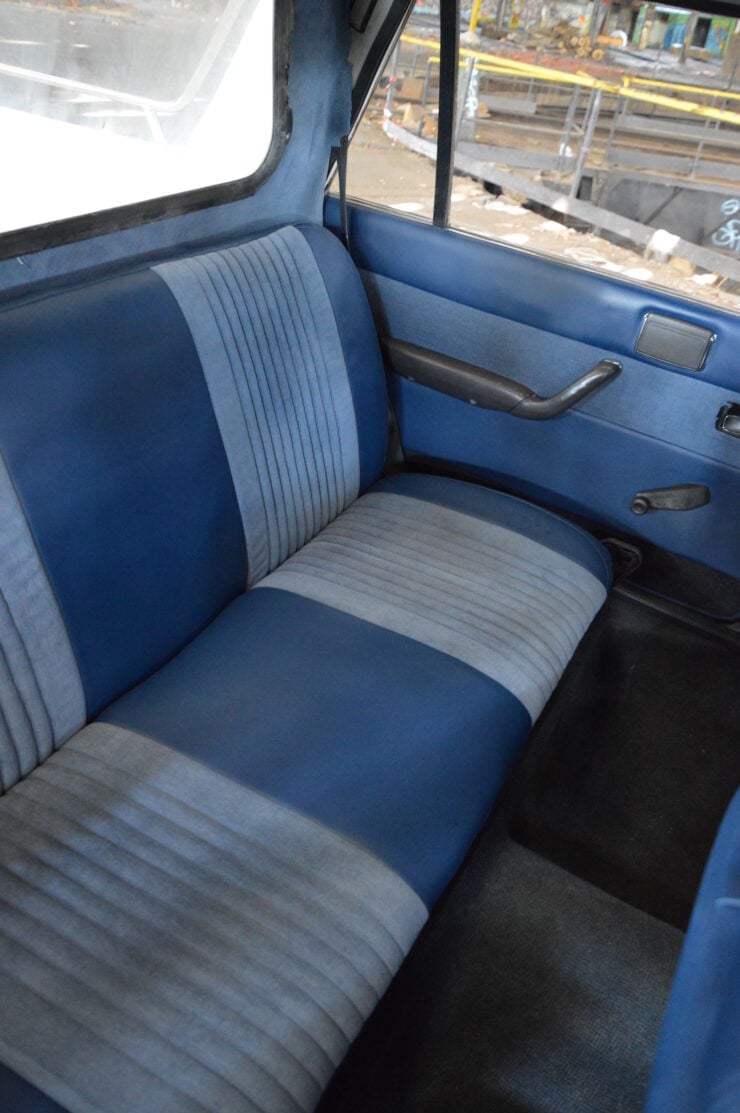
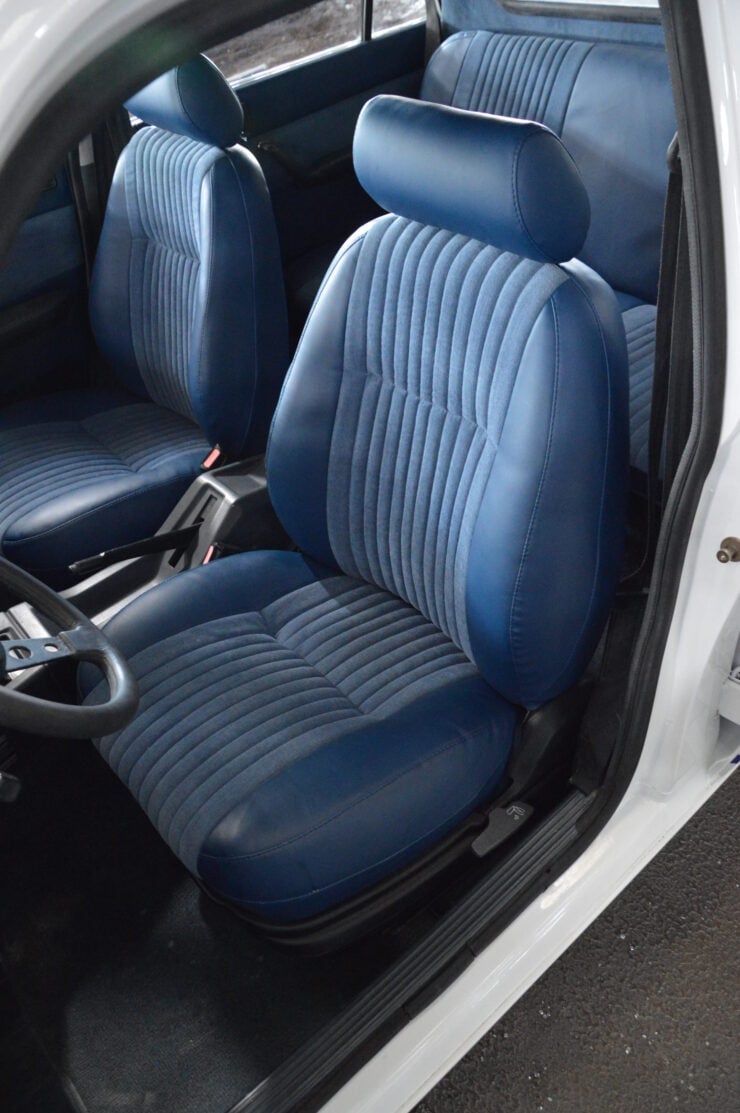
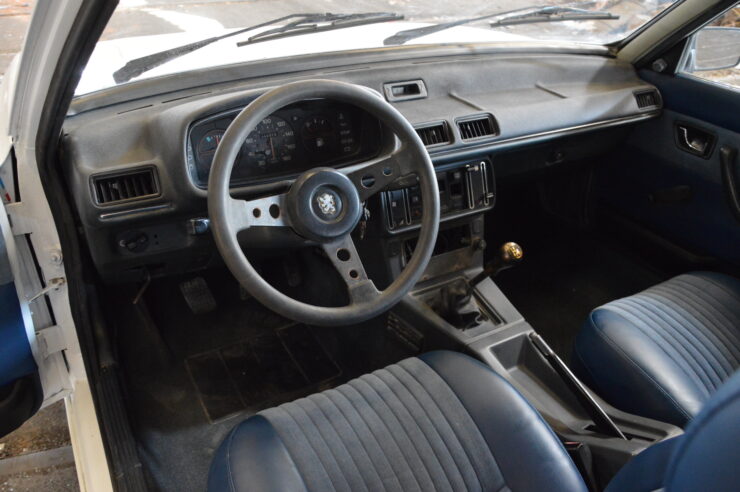
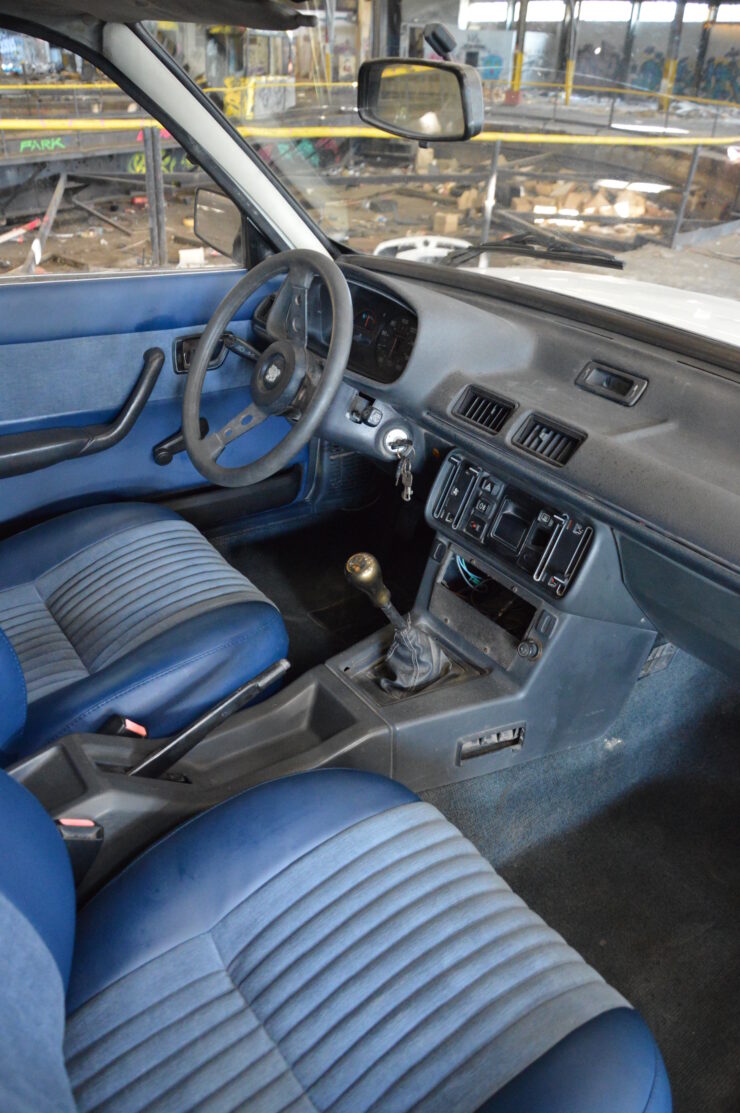
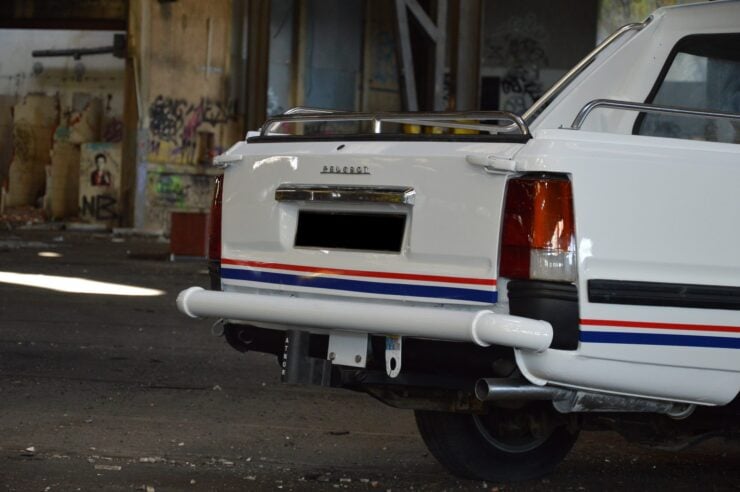
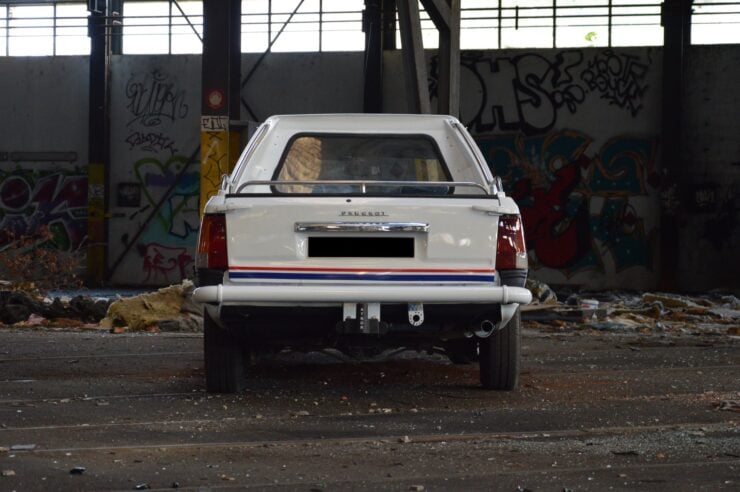
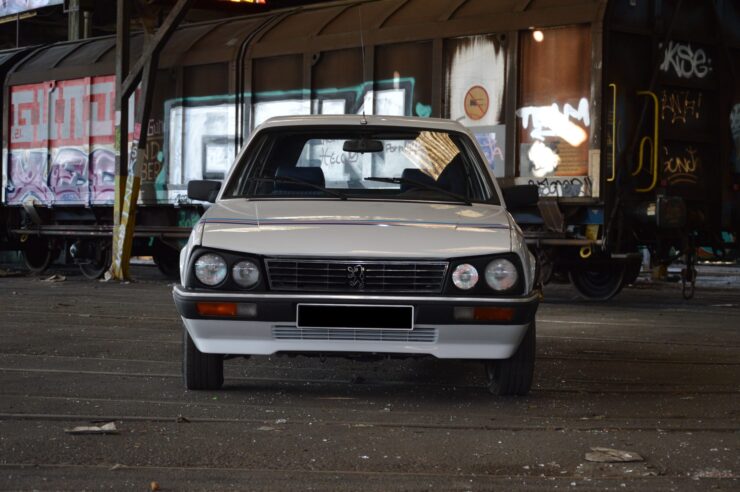
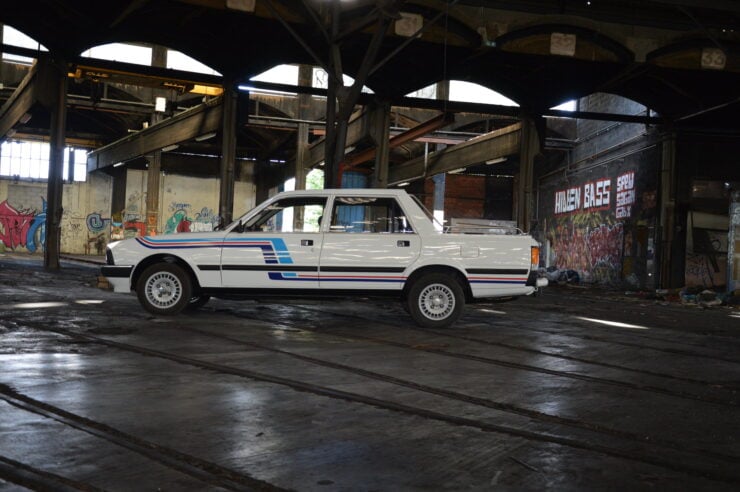
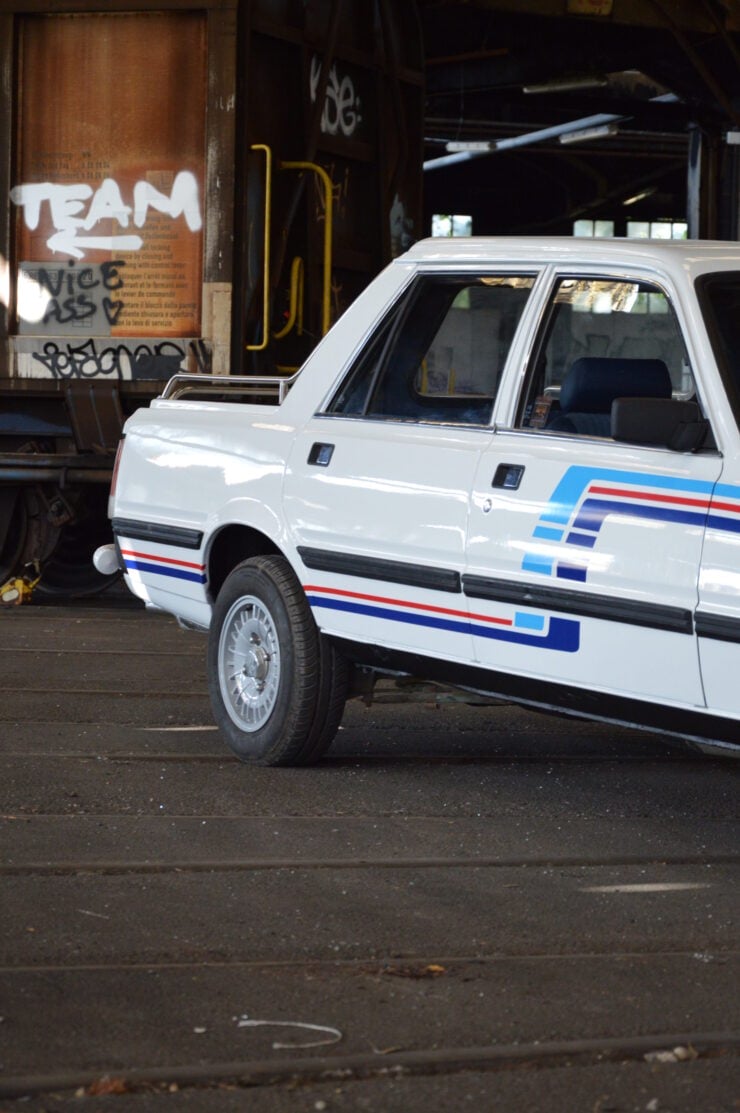
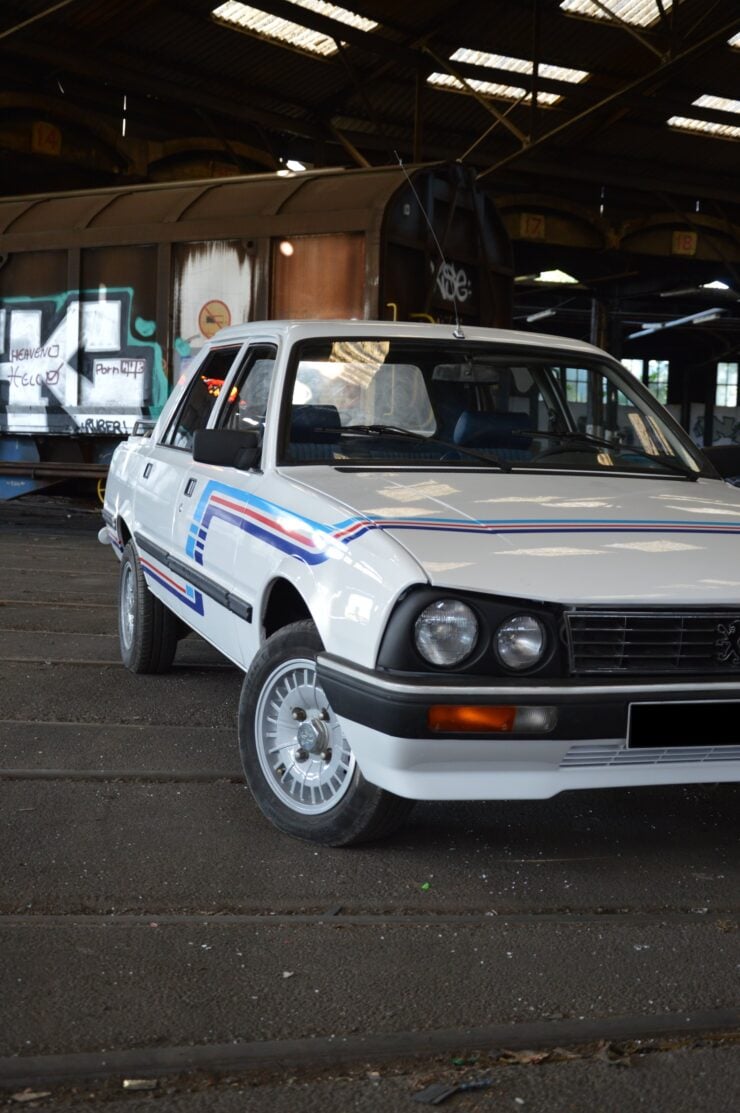
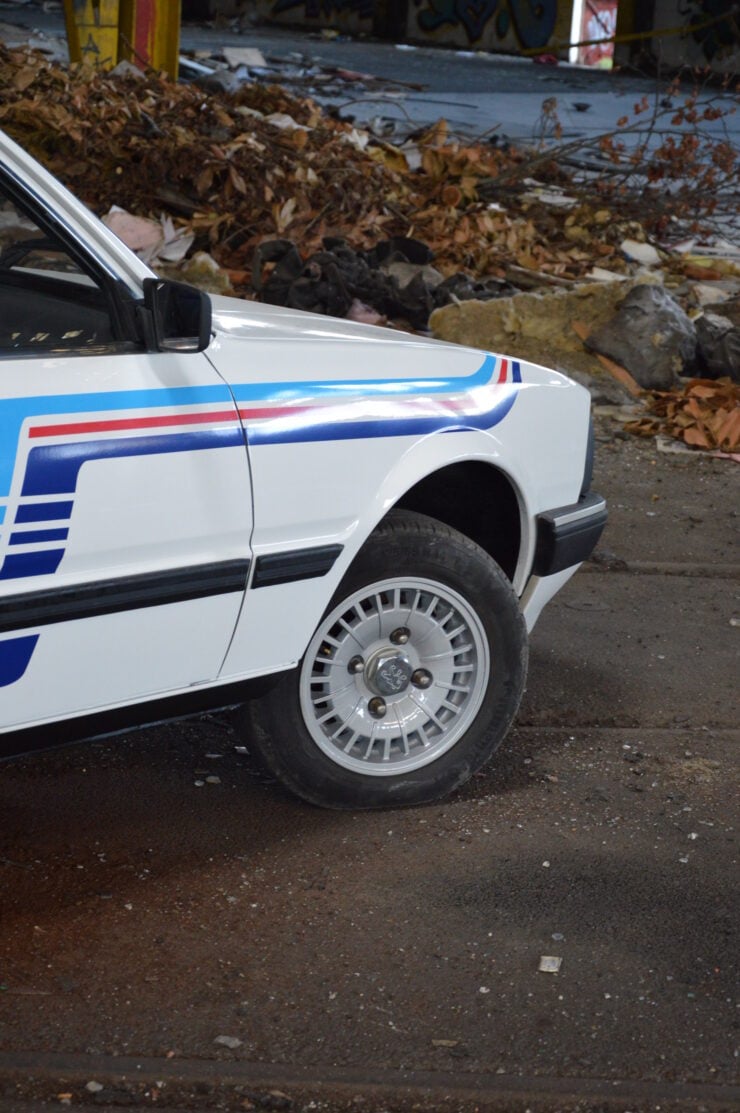
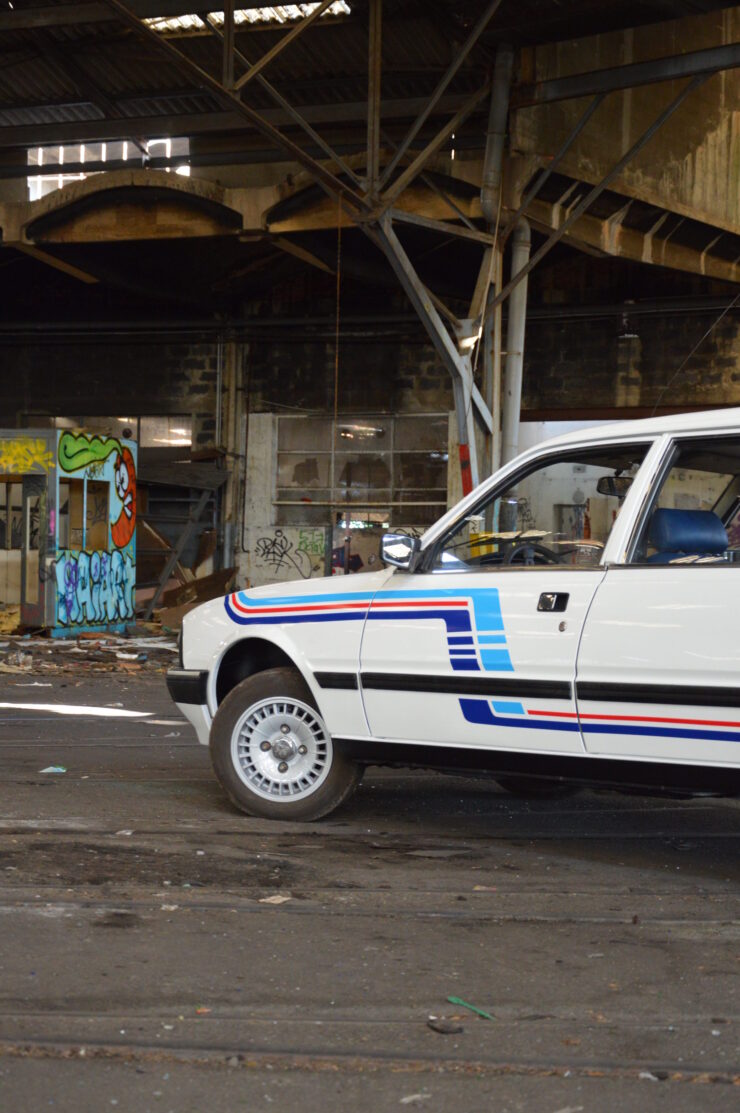
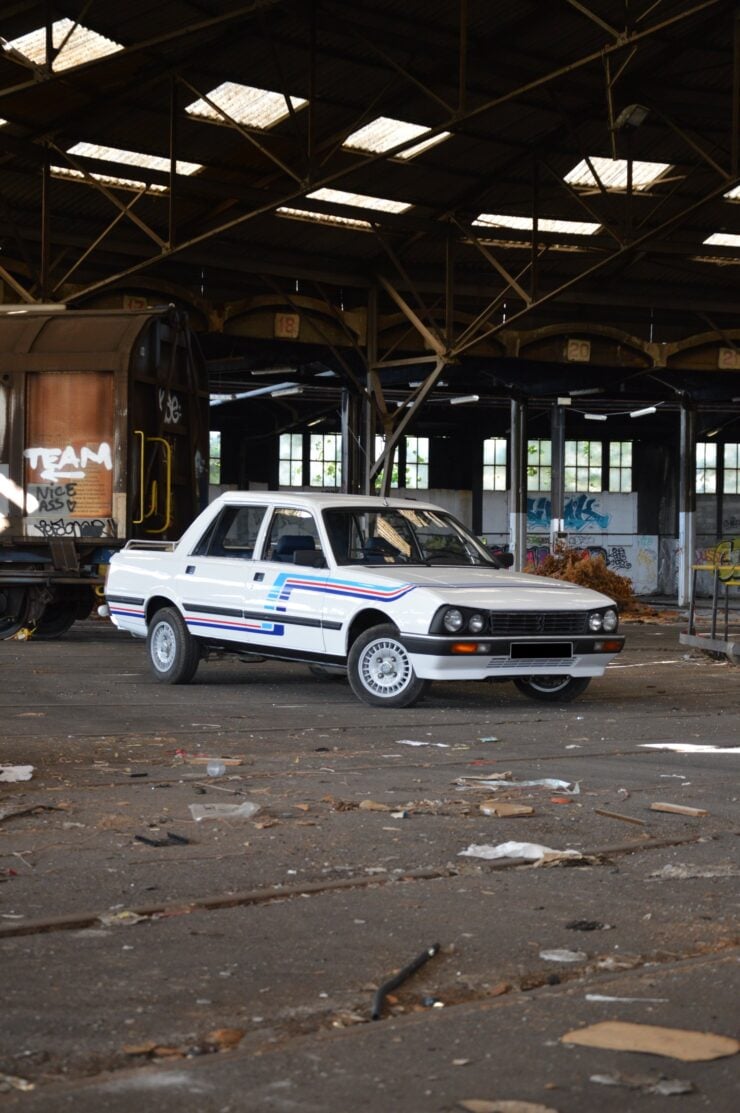
Images courtesy of Aguttes
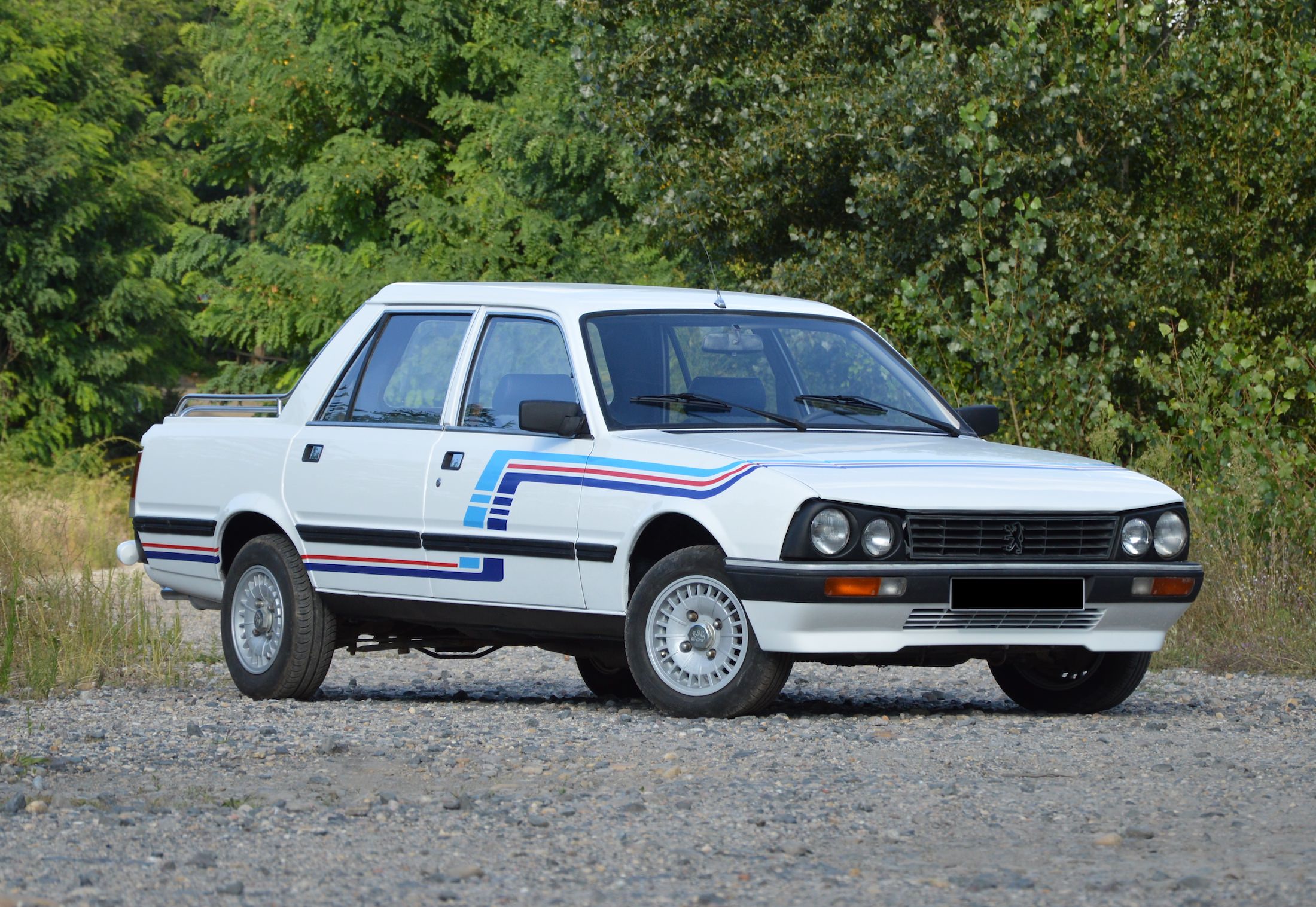
The post 1 Of 6 Prototypes Made: The Peugeot 505 Pick-Up Double Cabine Gruau appeared first on Silodrome.
This Jacobs radial engine coffee table is the work of Dan Solheim, an aircraft technician and engineer who founded Creations From The Sol in order to turn aircraft parts into high-end furniture.
Solheim started out restoring classic American muscle cars in his teens and progressed from there to getting his A & P license, this is a Federal Aviation Administration (FAA) certification for professionals that allows them to perform maintenance, repairs, or tests on aircraft.
“A & P” stands for “Airframe and Powerplant,” and this certification means that not only does Solheim work full time on maintaining and repairing aircraft, it means he’s also uniquely qualified to rebuilt radial engines as coffee tables.
The Jacobs radial engine coffee table is a great example of Dan’s work, the engine itself was sourced from a Stearman Model 75, later known as the Boeing-Stearman Model 75, or more simply as the Boeing Stearman.
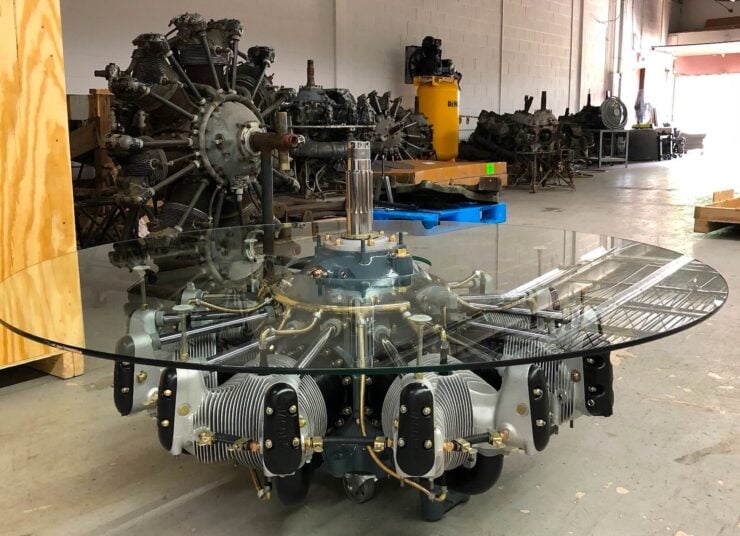
This is almost certainly the heaviest coffee table that money can buy, the upside of that is that it won’t be knocked out of place easily.
The Jacobs R-755 is a 12.4 liter, seven-cylinder, air-cooled, radial engine originally manufactured by the Jacobs Aircraft Engine Company. Depending on specification the R-755 could produce anywhere from 200 to 350 hp, and a variant of the engine was used to power helicopters.
When building each piece, Dan make sure that the engine has all of the original parts and the correct hardware as called for in the original parts manuals. He can adjust the size of the glass top to meet each clients needs, with larger or smaller diameters being possible depending on the size of the space the table will fill.
As you may have guessed, these tables don’t come cheap, they sell via the Creations From The Sol Etsy store for $11,000 USD each with a $500 delivery fee in the USA. Each table is 100% made in the United States and the lead time on a new build each one is approximately 16 weeks.
If you’d like to read more about these unusual tables or place an order you can click here to visit the official store.
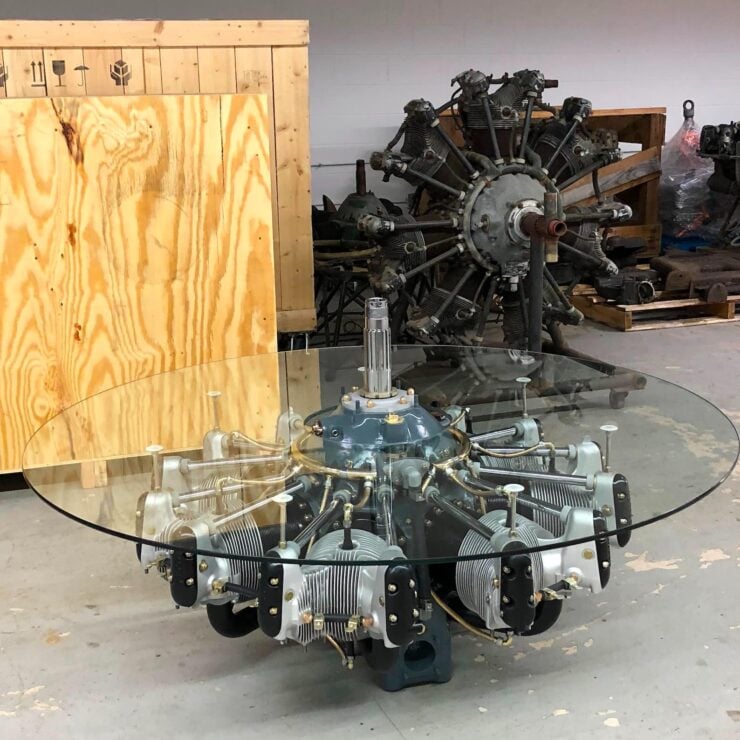
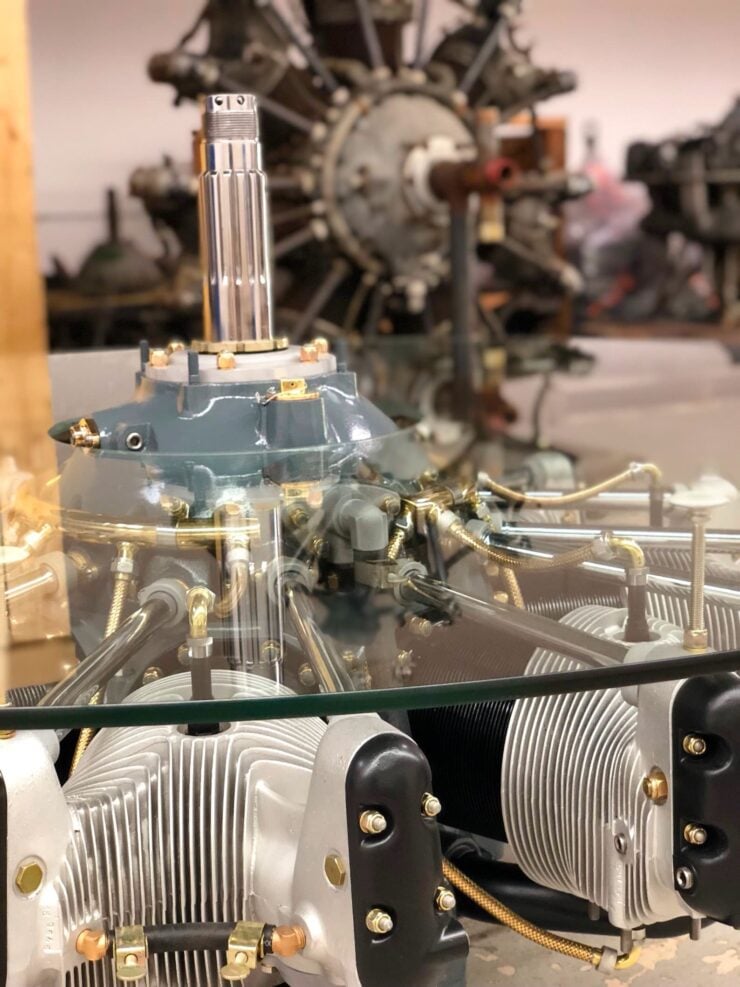
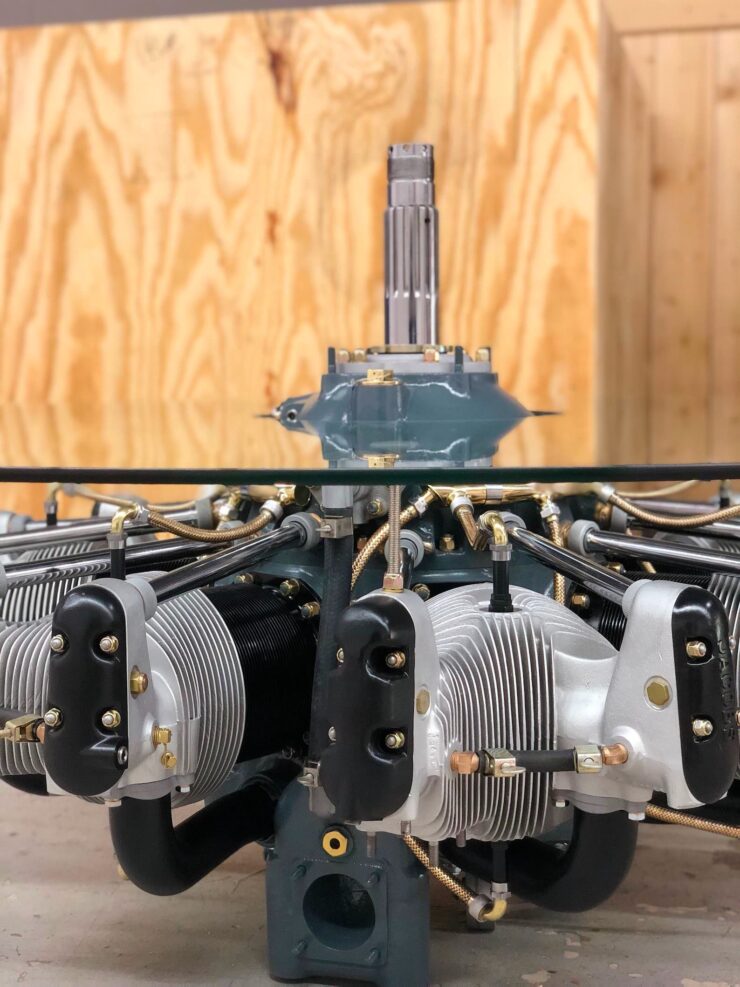
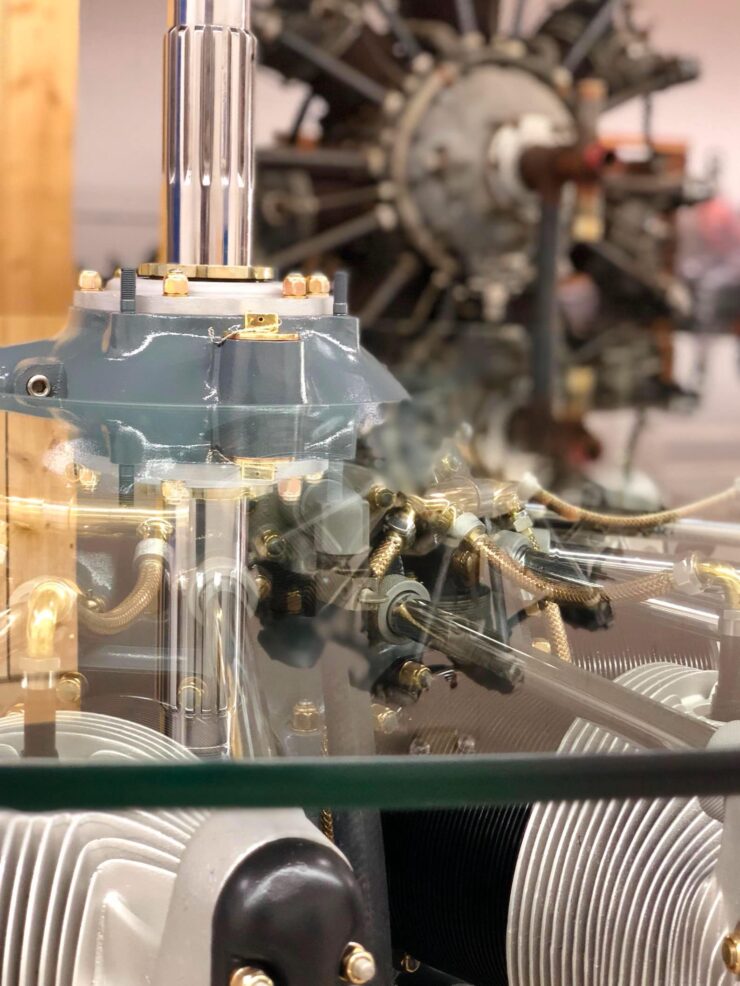
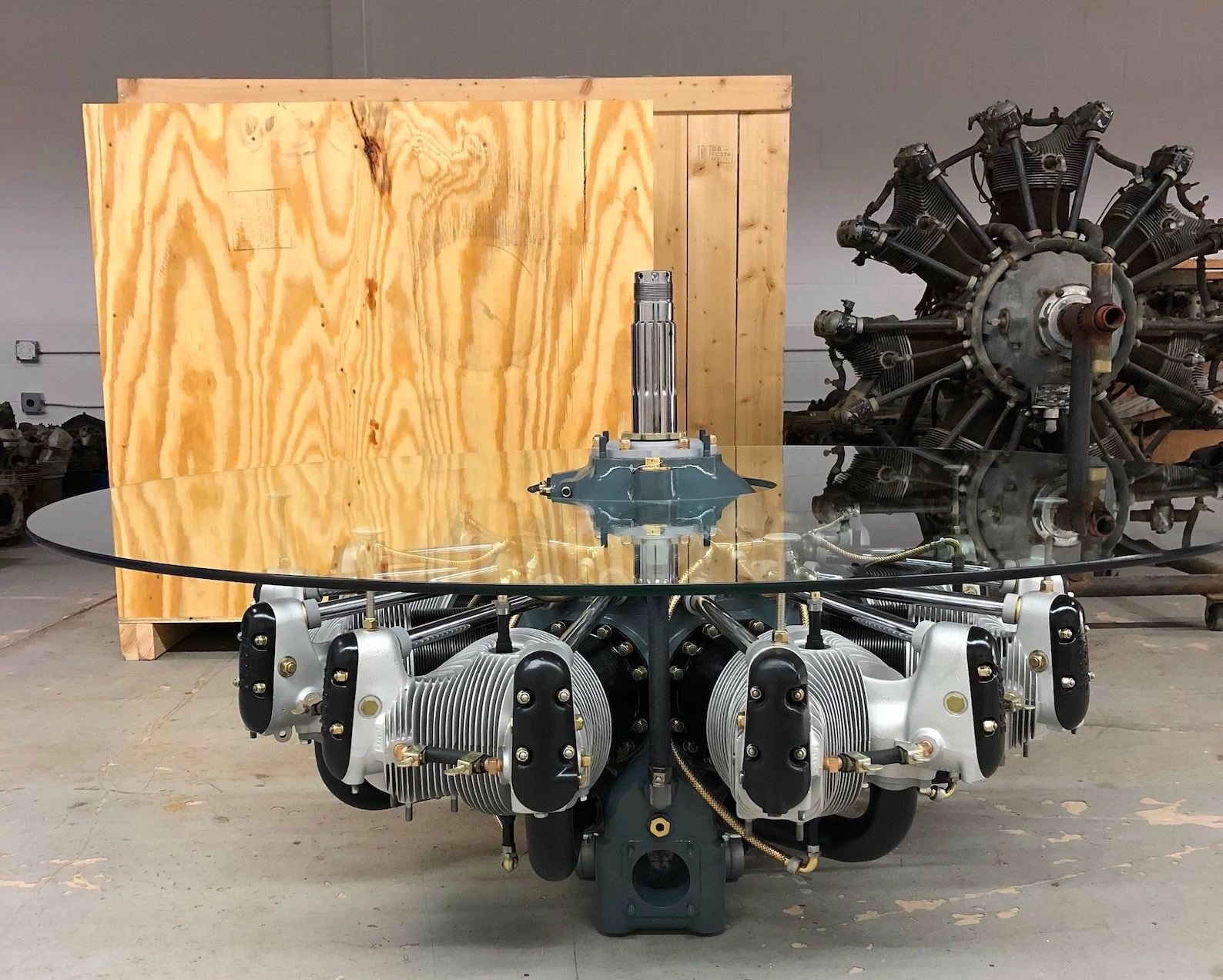
The post A Jacobs 12.4 Liter 7-Cylinder Radial Engine Coffee Table appeared first on Silodrome.